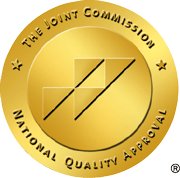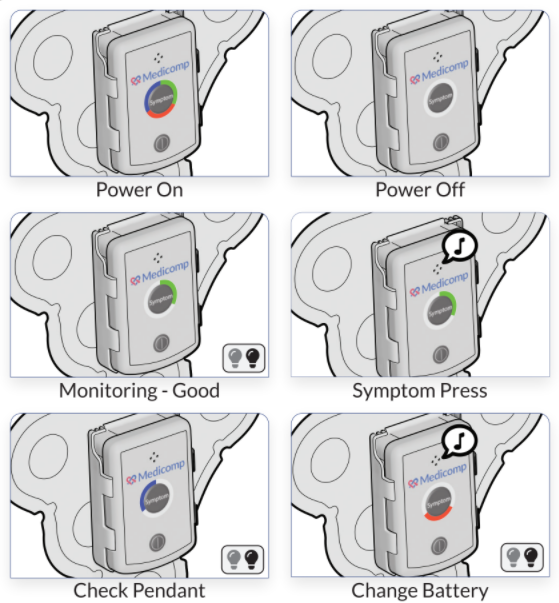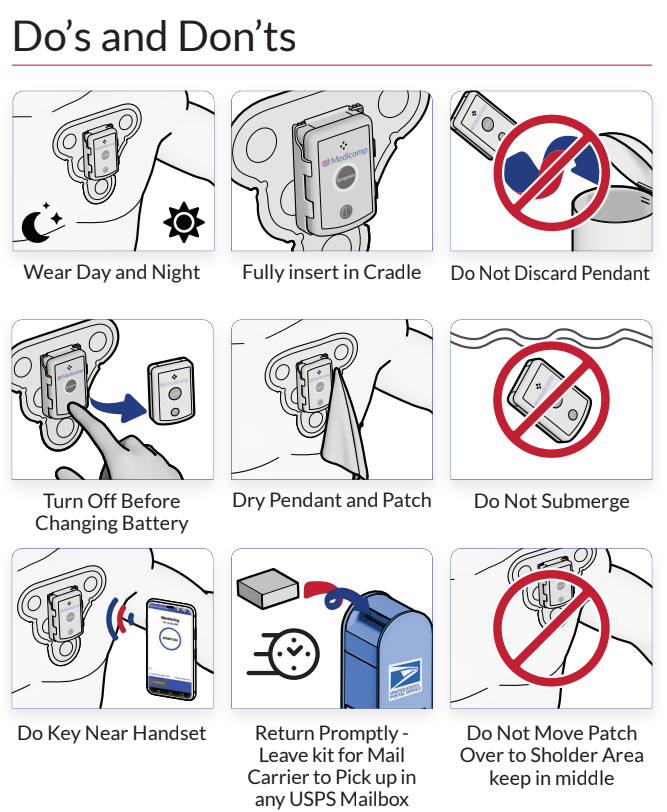Free radicals course through our bodies in the form of oxygen atoms not coupled in the traditional “O2” configuration. With a highly reactive valence, they often forcibly pair with electrons within the body, causing cellular, protein, and ultimately, DNA damage. This damage is known as an oxidative reaction and causes great amounts of oxidative stress on the body — including the heart. The knowledgeable staff at ReactDx, the ECG monitor experts, understand the damage oxidative stress has on heart tissue.
Along with heart failure, oxidative stress is also a culprit in Alzheimer’s disease and has been closely linked with diabetes mellitus, among other diseases. Most diseases associated with oxidative stress are not clear-cut as the disease progresses. With more than one focal point, it is difficult to determine the damage incurred specifically by oxidative stress. Recently, a new methodology has changed that.
Chemogenetics, an innovative methodology, was pioneered by Thomas Michel, professor of medicine at Harvard Medical School and senior physician in the Brigham and Women’s Hospital Division of Cardiovascular Medicine. Together with his staff, Dr. Michel generated D-amino acid oxidase (DAAO), an enzyme cloned from yeast. DAAO generates hydrogen peroxide when D-amino acids are present, which places the body in oxidative stress. Since mammals only utilize L-amino acids, researchers delivered DAAO into rats using a virus vector. The rats were then given D-amino acids via drinking water. After approximately one month, the rats’ cardiac function and heart size were measured using echocardiography. Researchers also checked for markers of adaptive as well as inflammatory stress.
A control group of rats was then compared to the rats given the DAAO virus. The latter group displayed signs of advanced heart failure: abnormally larger hearts with decreased contractility. These factors were determined to be caused specifically by oxidative stress.
Andrea Sorrentino, a postdoctoral research fellow working with Dr. Michel, noted chemogenetics allowed the research team to move much more rapidly. “Instead of doing surgery one animal at a time, we can deliver the virus to many animals at once, and then activate the DAAO enzyme just by providing its substrate in their drinking water to trigger specifically oxidative stress in the heart,” states Dr. Sorrentino. Dr. Michel’s team anticipates chemogenetics to be adapted to studies pertaining to other organ systems where redox reactions are prevalent. Research is currently expanding for Dr. Michel’s staff to create a mouse with an altered genome to encode DAAO to allow researchers to sidestep the viral vector, thereby streamlining the process.Keep up-to-date with the latest in cardiovascular research findings by reading ReactDx’s latest blogs, and give us a call at 800-23-HEART with any questions concerning our ECG monitors.



